MOJ
eISSN: 2374-6939


Case Report Volume 4 Issue 6
Department of orthopedics, King Faisal University, Saudi Arabia
Correspondence: Bassmh Al-Dhafer, Department of orthopedics, King Faisal University, Po box 3650, Dammam 31481, Saudi Arabia, Tel 967000000000
Received: March 16, 2016 | Published: April 27, 2016
Citation: Al-Dhafer B, Al-Noori H, Karray M , AlDhafar KA (2016) Management of Nonunion In Proximal Phalanx Thumb Fractures In Children; A Four Years Follow Up. MOJ Orthop Rheumatol 4(6): 00157. DOI: 10.15406/mojor.2016.04.00157
Two cases of neglected non-union of proximal phalanx of thumb are discussed in this article. A 16-year-old girl and a 10-year-old boy. Both of them sustained the fracture by a slamming door and were both seen in clinic after non-union has developed. They were managed with open reduction and K-wires fixation with bone grafting. Both patients were followed-up for five years. Management resulted in stable thumbs, having full range of motion and accepted cosmetically without any loss of length.
The incidence of nonunion in phalangeal fractures is less than 1%.1-4 Management of unstable digital fractures of hand is difficult and results are not always satisfactory.5 We present two cases of neglected fractures in proximal phalanx of thumb that presented with nonunion. Only two previous articles talked about nonunion in proximal phalanx of thumb.6,7 Our aim was to achieve a joint that is healed, stable and functional, along with an acceptable cosmesis.
Two cases of neglected fracture of proximal phalanx of thumb were seen in clinic for the first time after a nonunion has already settled in. The injuries were sustained by entrapping the thumb in a closing door. Both fractures were closed with significant nonunion. Deformity and limited range of motion were evident, and x-rays showed lateral subluxation and nonunion with loss of distal phalangeal flexion and a tip to tip gaping.
They were both treated surgically by the same surgeon and an open reduction through dorsal approach with tendon protection, k-wires fixation and an iliac crest bone grafting was done for both cases.
After the surgery, both cases were followed-up for 5 years. K-wires were removed and physiotherapy was initiated during clinic follow-up. And comparison of preoperative range of motion, pinch grip and cosmesis were noted as final outcome parameters.
At final follow-up both cases demonstrated acceptable range of motion of interphalangeal joint, improved grip strength (Average 80%) with appealing cosmesis. And radiographs were utilized to demonstrate complete union with height restoration averaged 4mm.
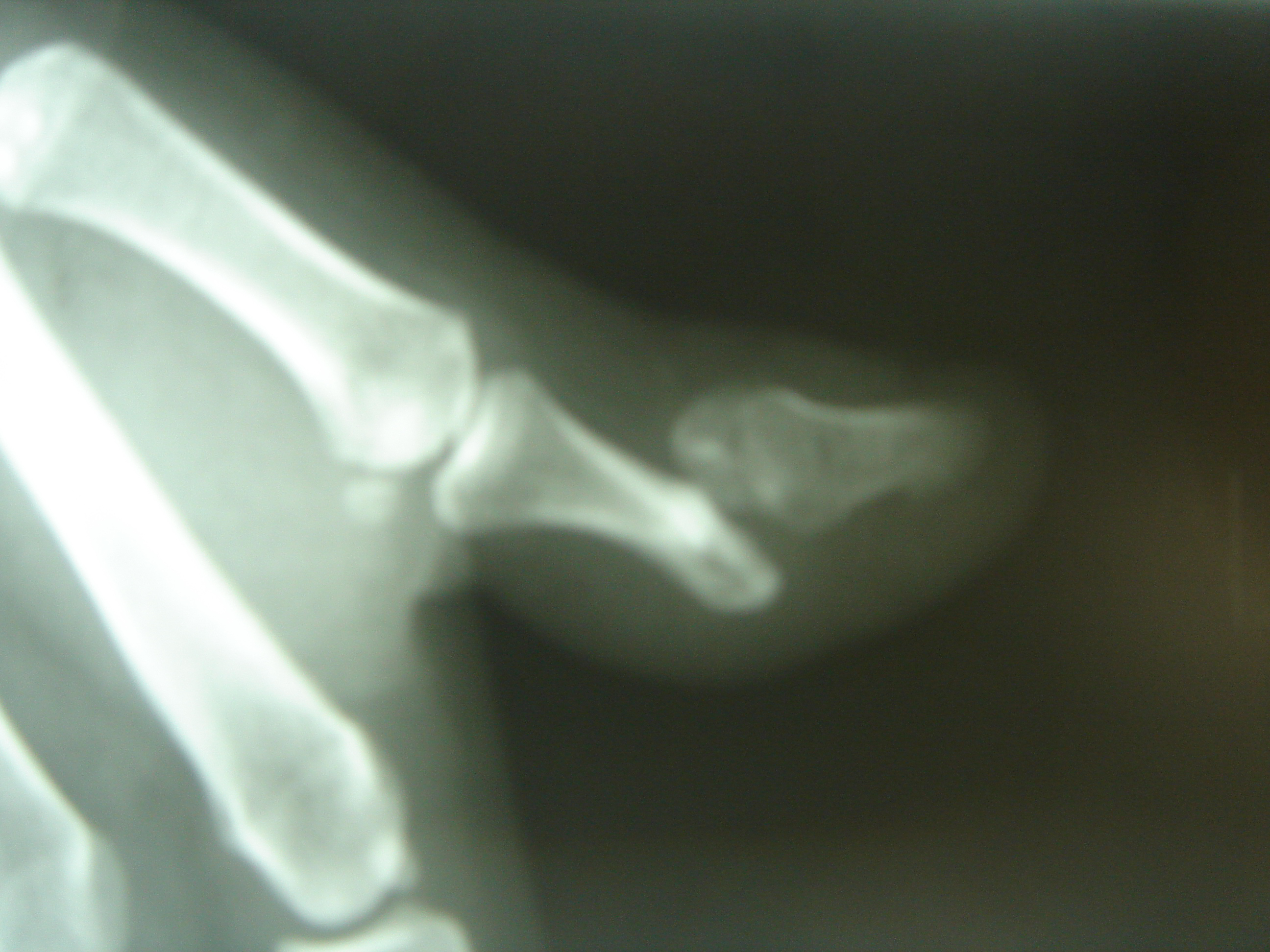
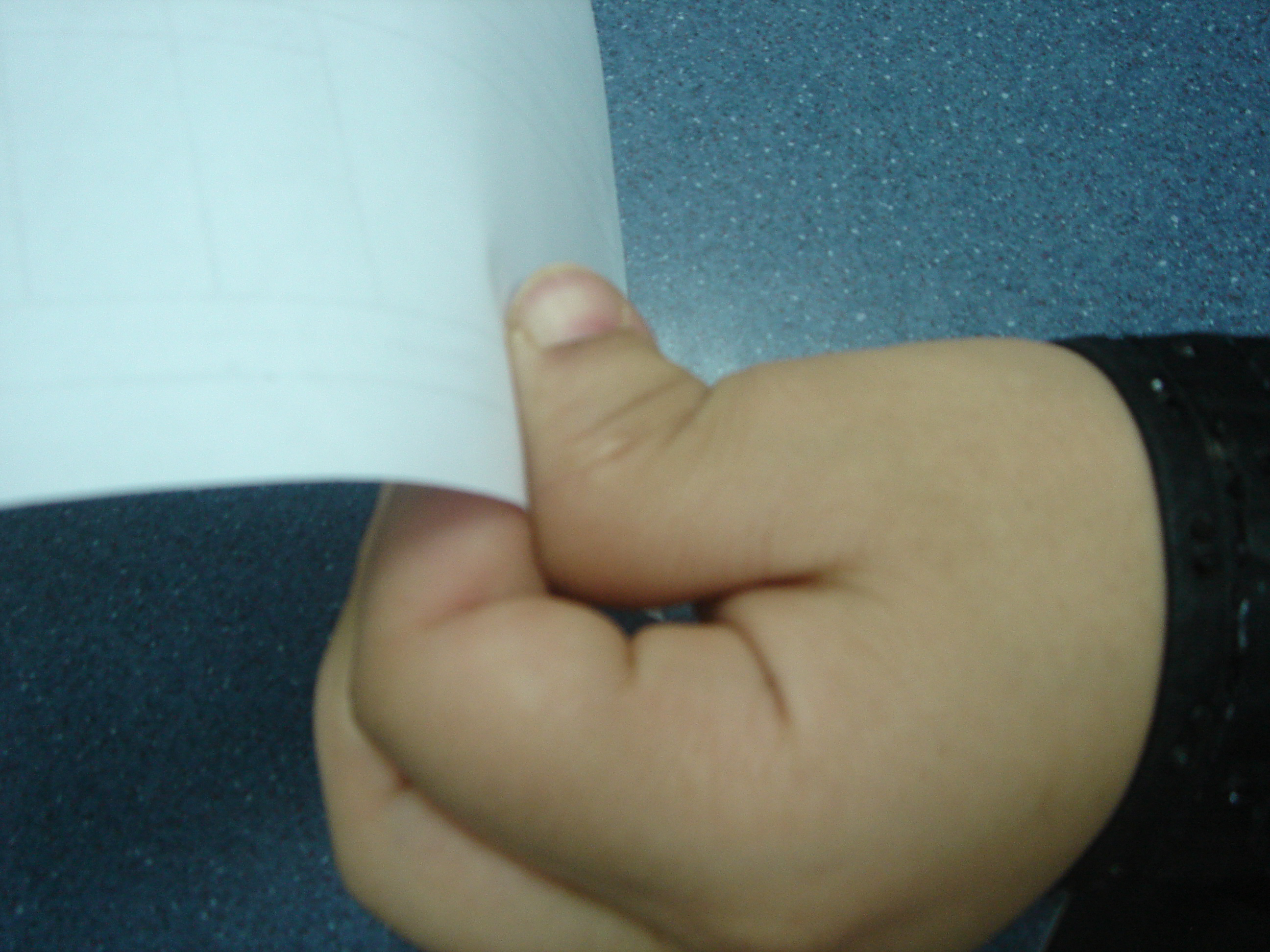
Figure 1a & 1b Pre-operative findings of case 1.
(a) Is an x-ray showing a subluxated non united distal phalanx of thumb. (b) Clinical picture where function of distal phalanx is lost.

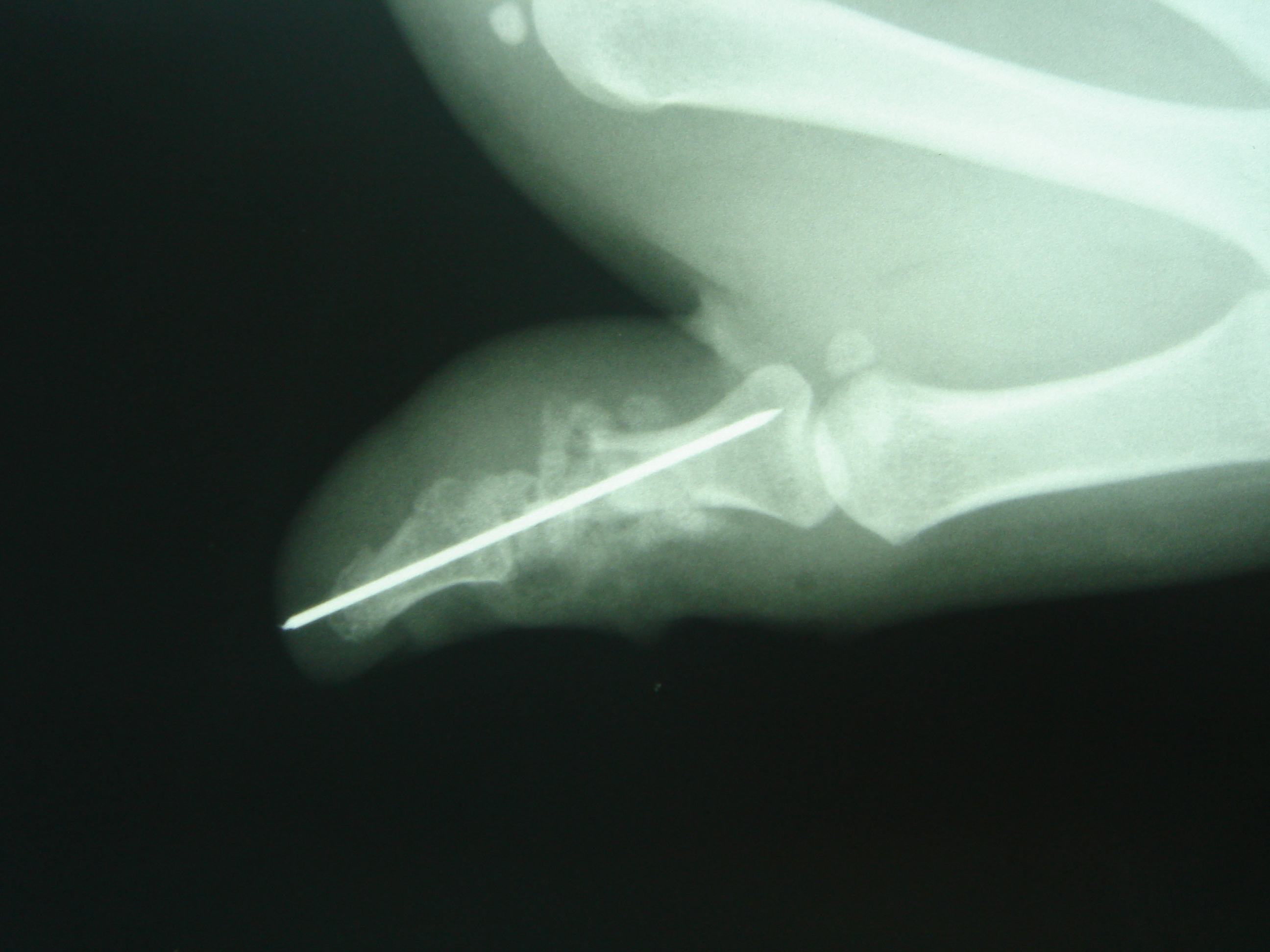
Figure 2a & 2b Immediate post operative x-rays of case 1, showing a reduced distal phalangeal joint fixed with a k-wire plus supplemented with a bone graft.
(a) Ap view. (b) Lateral view.
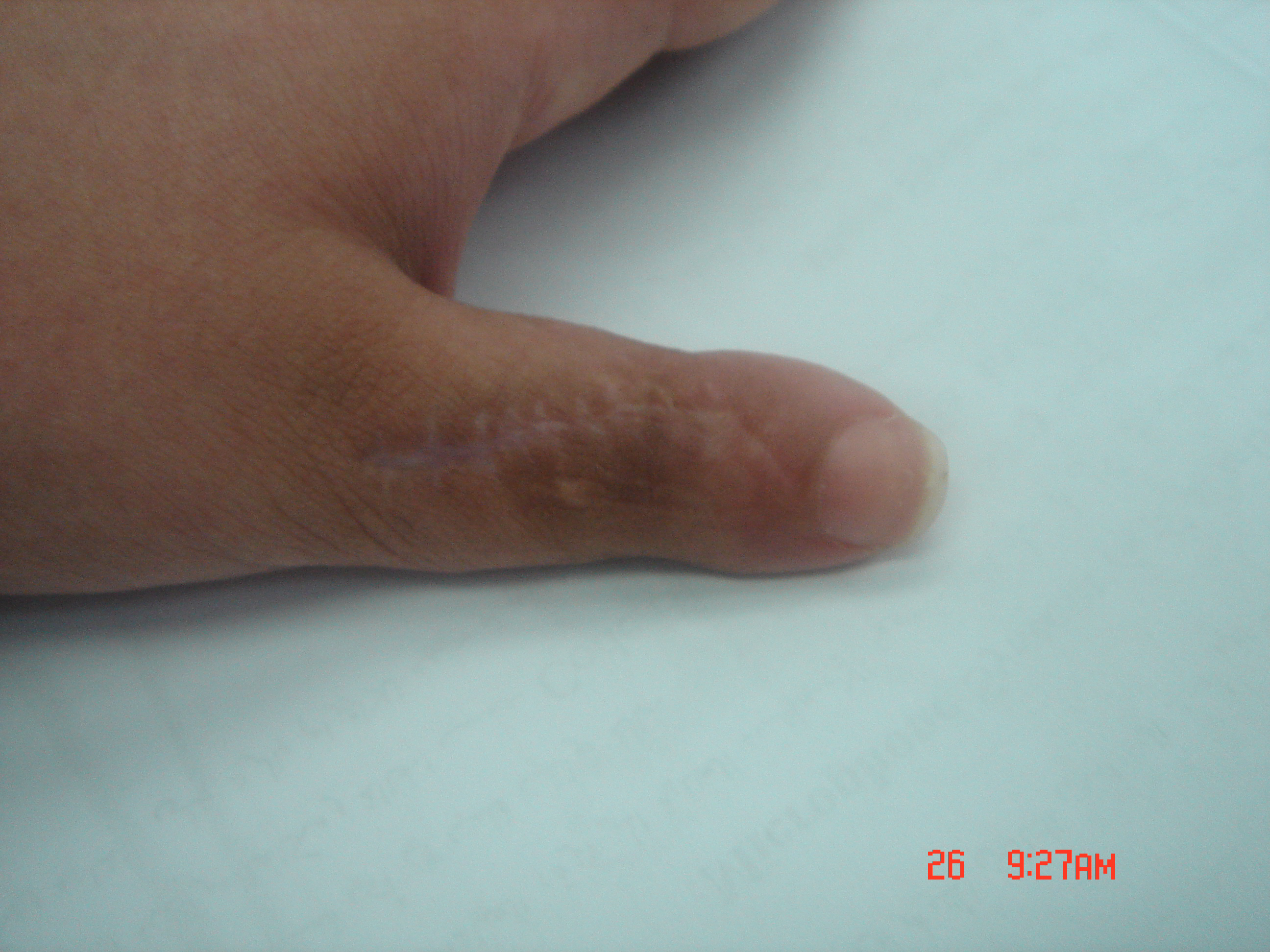
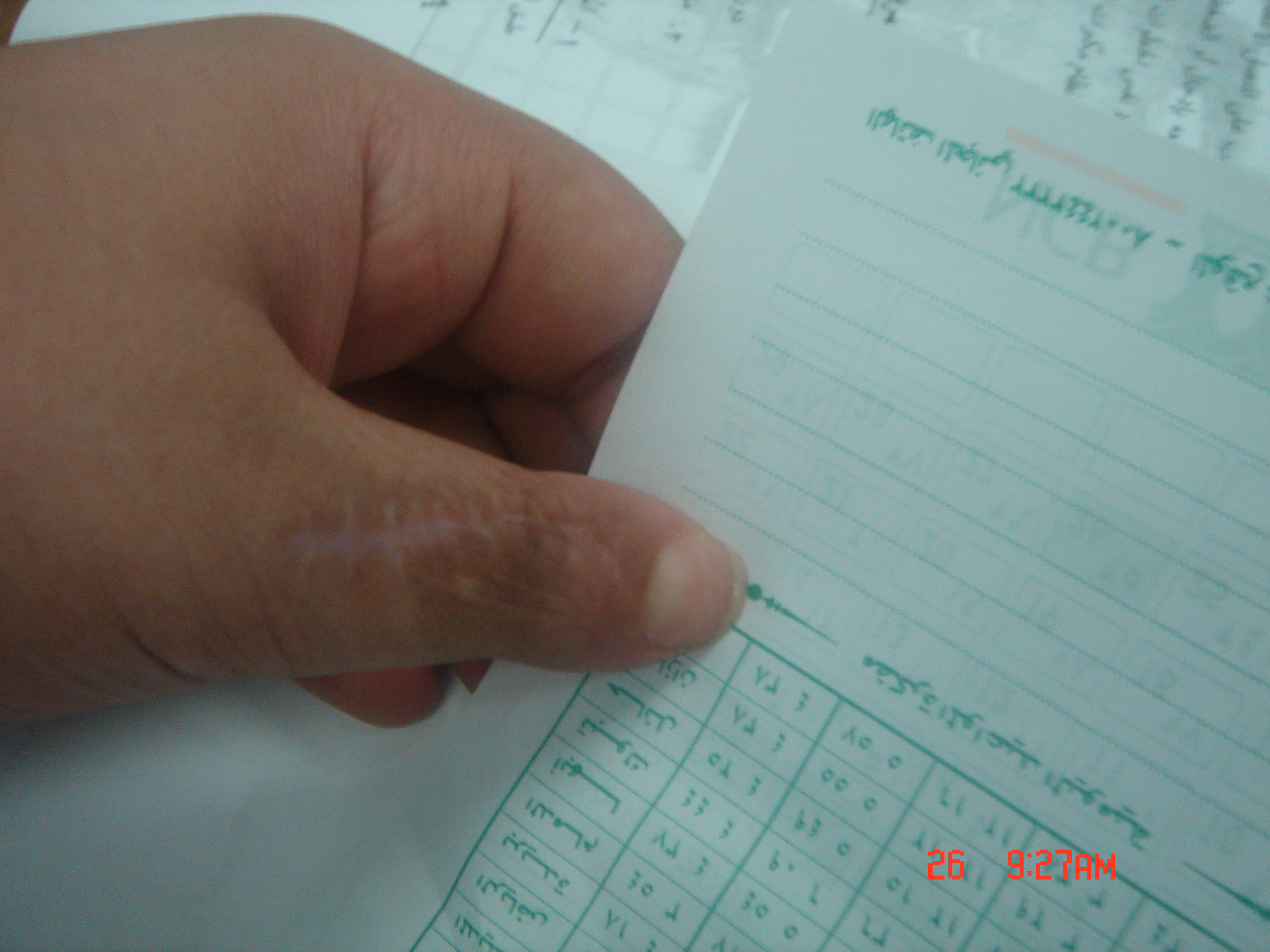
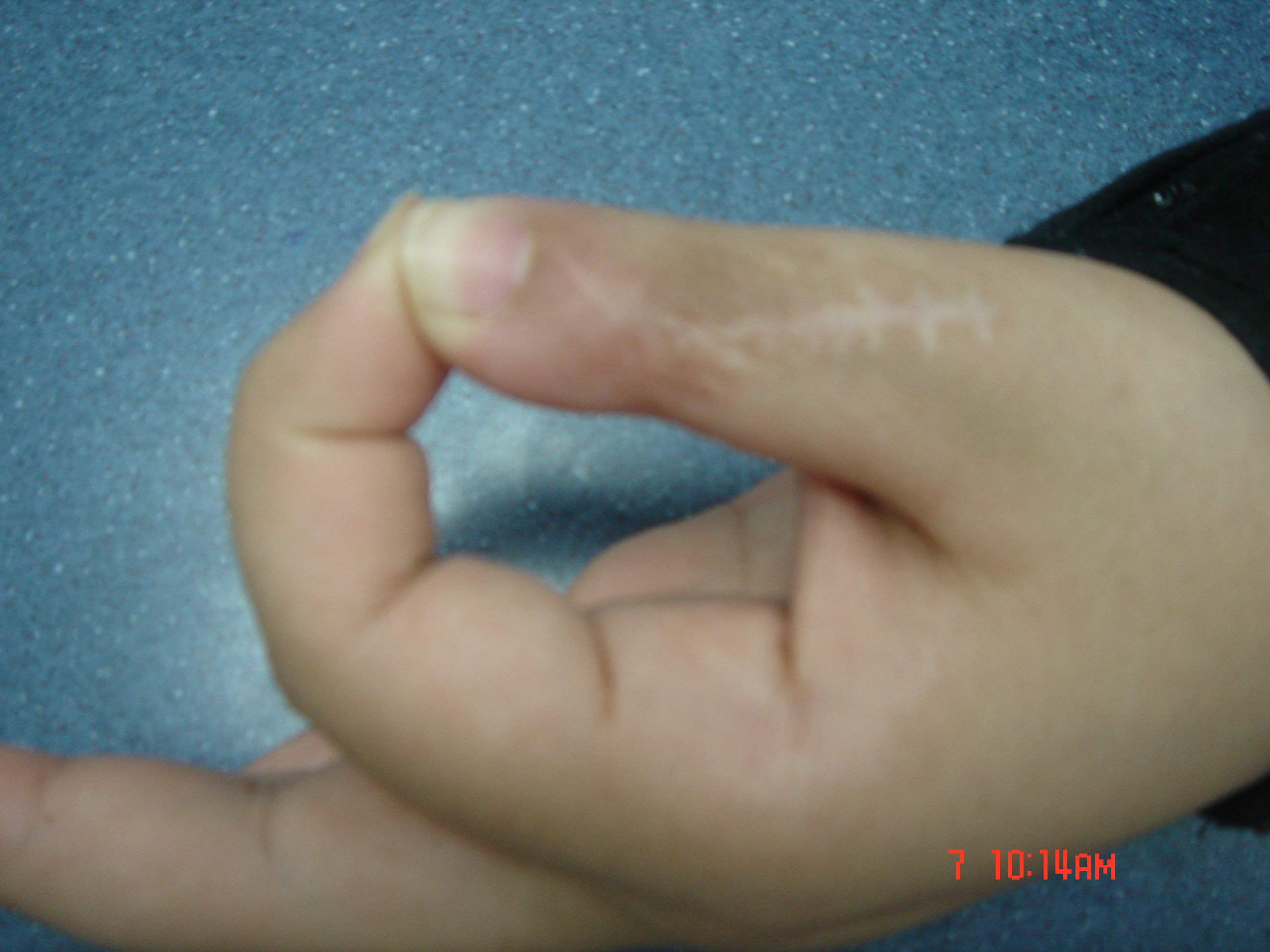
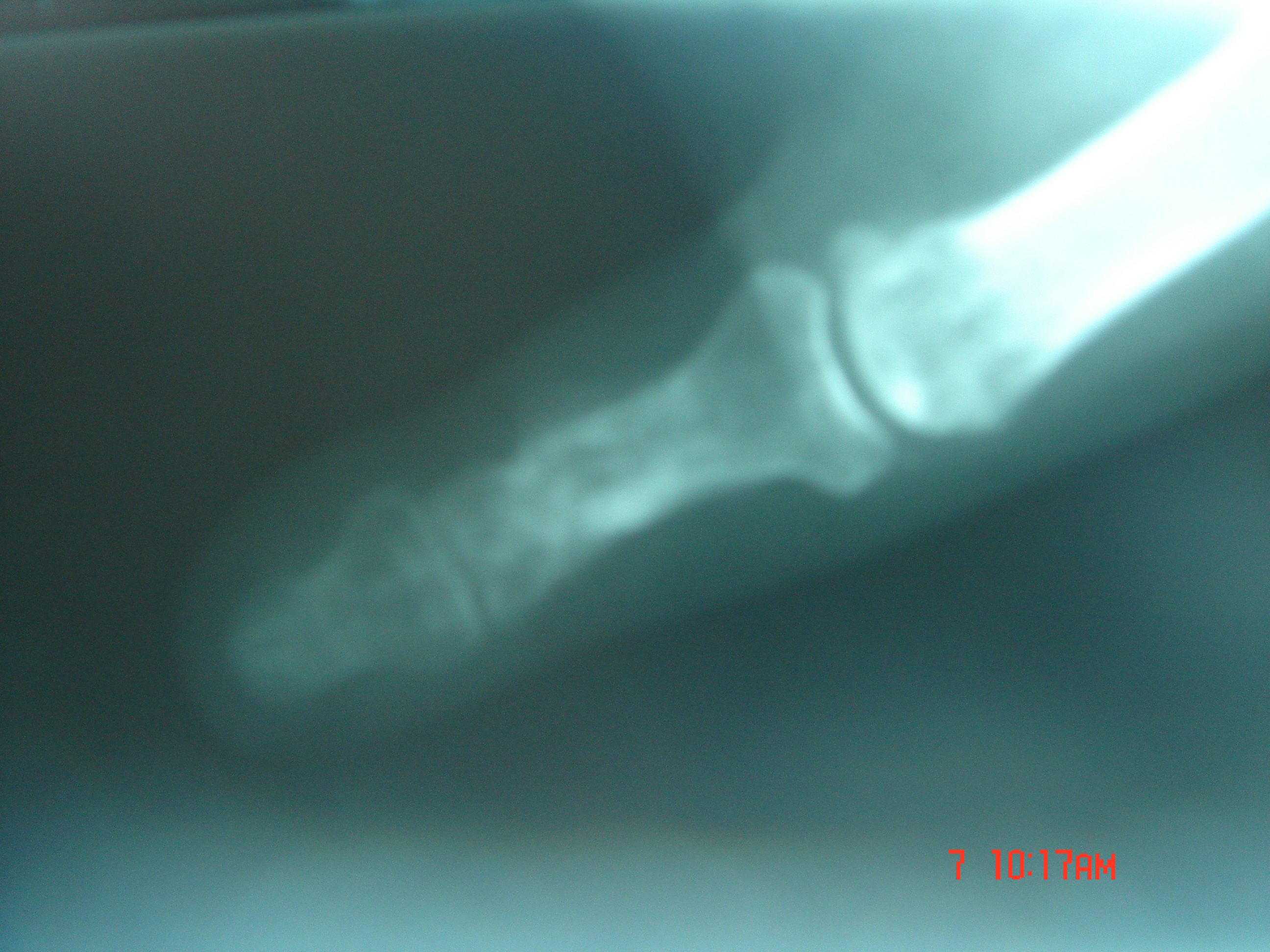
Figure 3a - 3d Clinic follow-up of case 1.
(a) Cosmetically accepted healed wound. (b) & (c) Function gained in distal phalanx, in term of flexion. (c) Radiological picture showing a healed distal phalanx that isn’t subluxated.

Figure 5 Case 2 post operative x-ray. Two K-wires were used to maintain reduction along with a bone graft
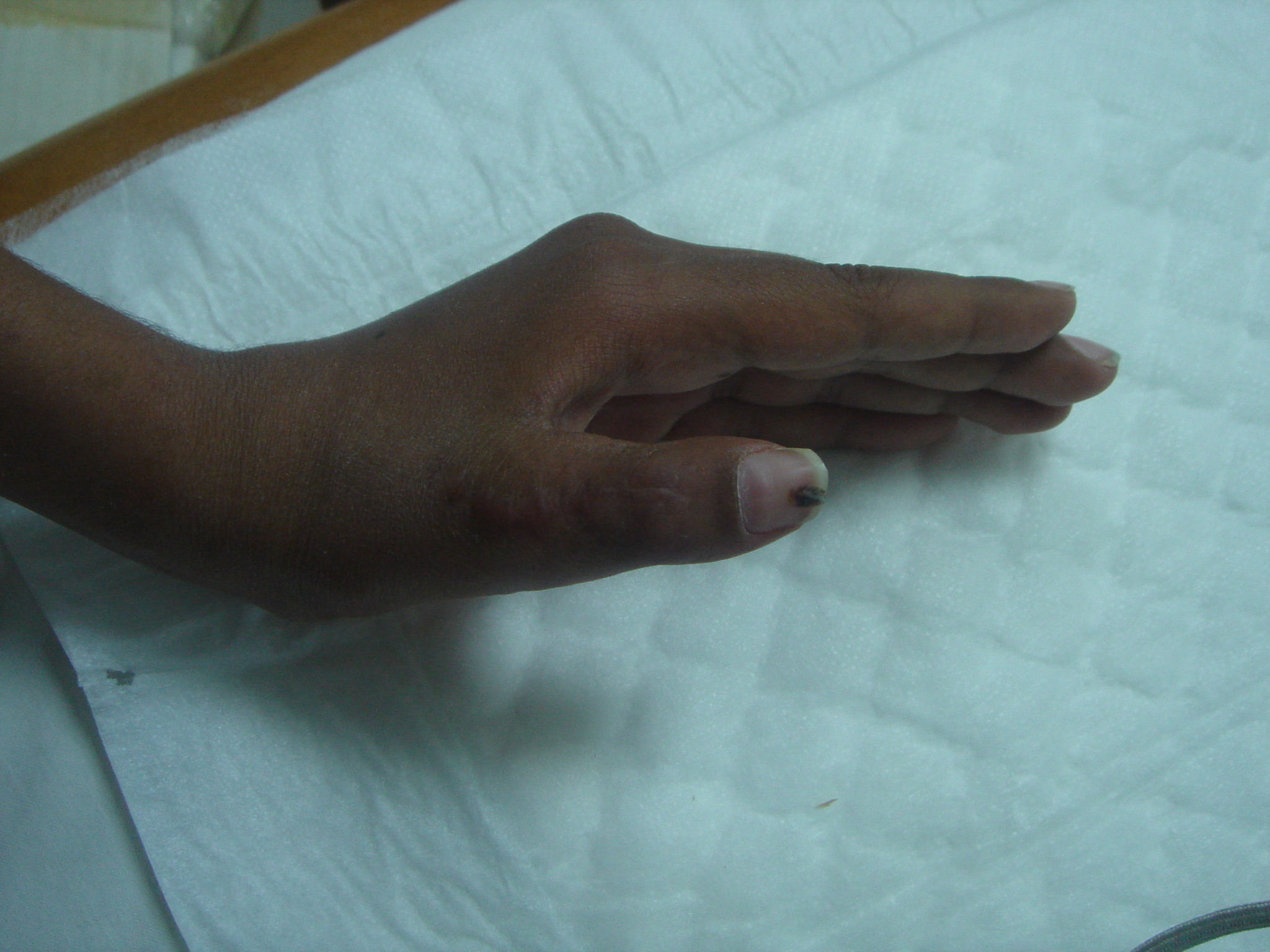

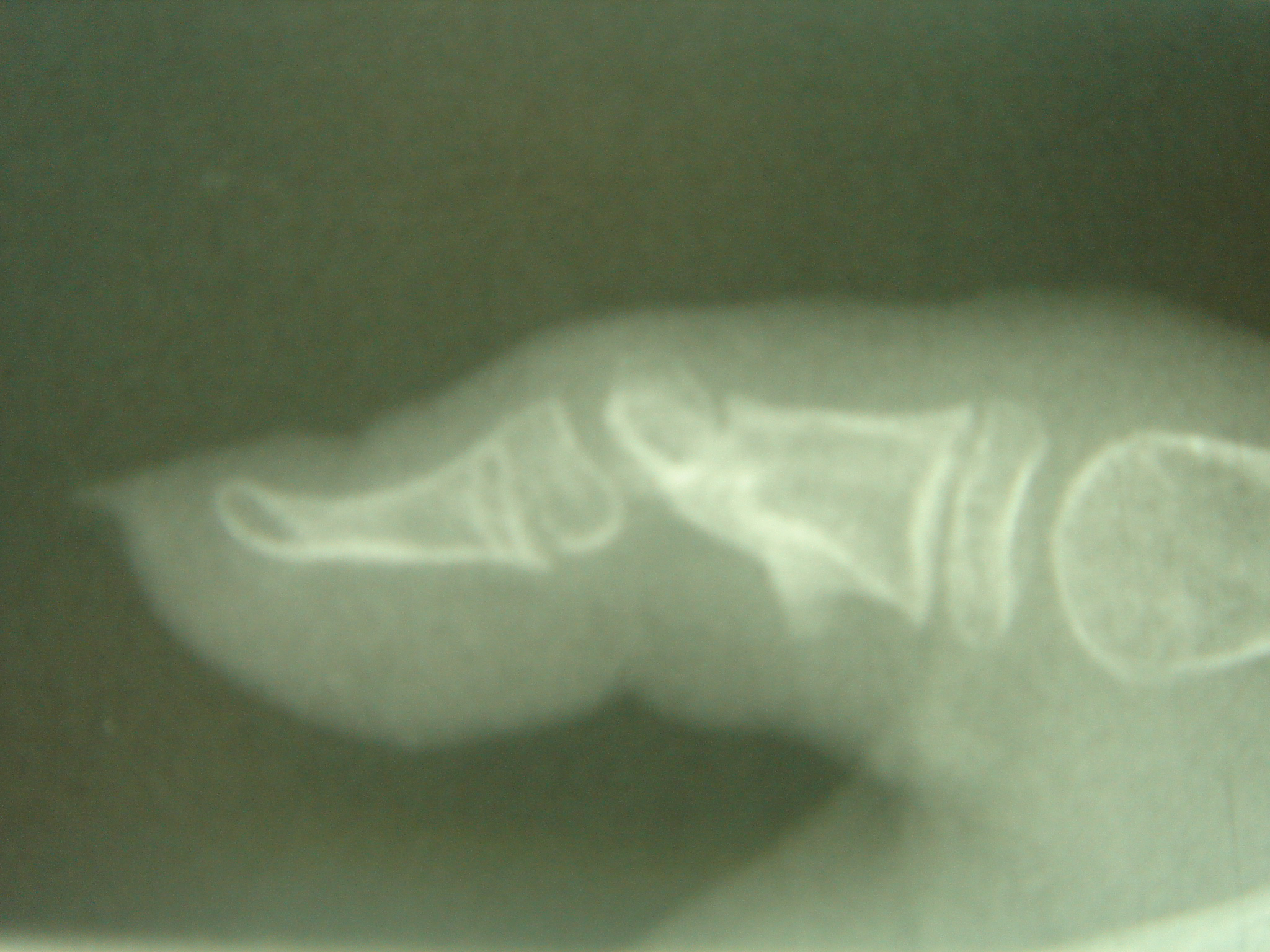
Figure 6a - 6c Follow up pictures of case 2.
History |
Case |
Gender |
Age |
Side |
Type of Fracture |
Immediate Management |
Treatment of Nonunion |
Closing car door |
1 |
Female |
16 |
Right |
Closed |
Unknown |
Open reduction, k-wires fixation and a lengthening iliac crest bone grafting |
Closing door at home |
2 |
Male |
10 |
Left |
Table 1 Identification of age, gender, and method of injury with treatment in reported cases.
In children; the hand is the most frequently injured part of the body.6 Fractures in proximal phalanx are common and the incidence of nonunion, delay union and other complications are higher in fractures of the proximal phalanx than middle or distal phalanges.1,8 The usual mechanism is a closing door.7
Late presentation and missed fractures are among the causes of non-union in this type of fractures. Hence, features of nonunion were apparent in our patients when they presented to our clinic initially. They both had deformity, shortening and loss of function, on both clinical and radiological examinations.
Available literature regarding proximal phalangeal fractures nonunion in pediatric age group is limited. And cases presenting with distal end of thumb proximal phalanx that were treated in childhood wasn’t reported in any other papers. Although the impact of such an adverse outcome is huge.
Dixon and Moon reported rotational deformities and soft tissue interposition in fractures of neck of proximal phalanx9 that lead to both displacement and increasing the risk of malunion and nonunion, that was avoided with utilizing autologous iliac bone grafts in our two reported cases.
Al-Qattan reported successful union after open reduction and k-wire fixation with two cases requiring bone grafting of subcapital porximal phalanx thumb with limited range of motion.8
Both reported cases presented after nonunion has settled. Therefore, bone grafting was essential to achieve union1,4 and they were treated surgically, using an open reduction and internal fixation using K-wires fixation plus an autologus iliac bone grafting. Two K-wires were used for fixation; one was introduced in a retrograde fashion and the other was antegrade. Both were removed after two months and physiotherapy was initiated.
Afterwards, they were followed-up for four years and during this period, healing occurred with a functional range of motion, good pinch grip and no residual shortening.
The incidence of proximal phalangeal fracture in pediatric age group is less than 1%. And treatment is usually unsatisfactory. Presence of nonunion on initial presentation poses more difficulty in treatment. However, our two cases were managed by open reduction, K-wire fixation and bone grafting, and both resulted in a functional stable cosmetically acceptable joints.
These reported cases demonstrate that delayed presentation of a non united proximal phalanx of thumb fracture could be managed successfully.
None.
None.

©2016 Al-Dhafer, et al. This is an open access article distributed under the terms of the, which permits unrestricted use, distribution, and build upon your work non-commercially.